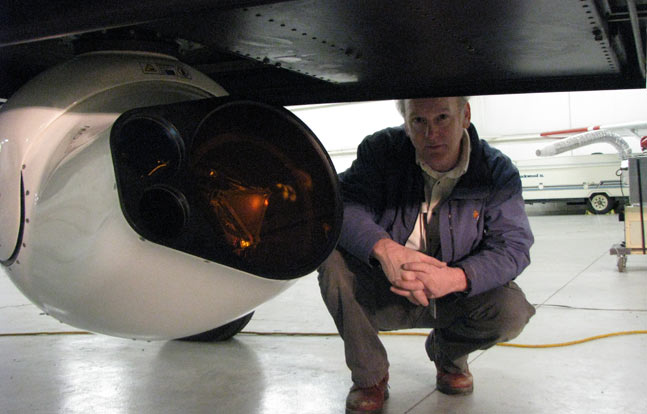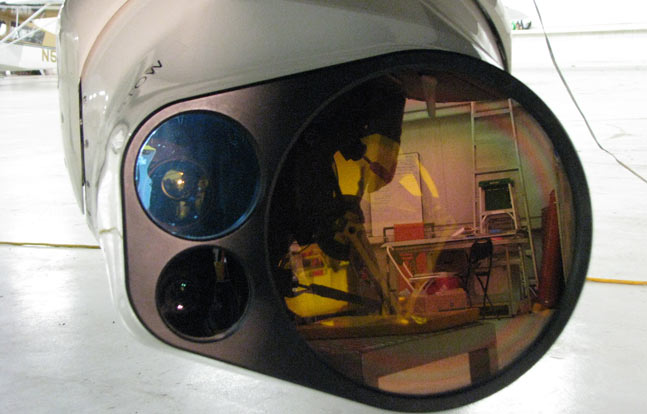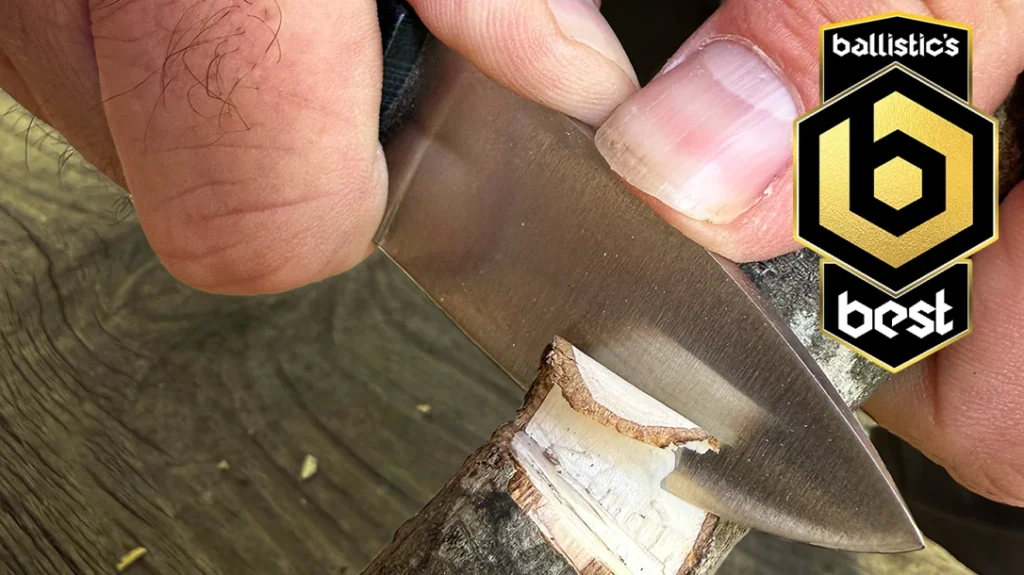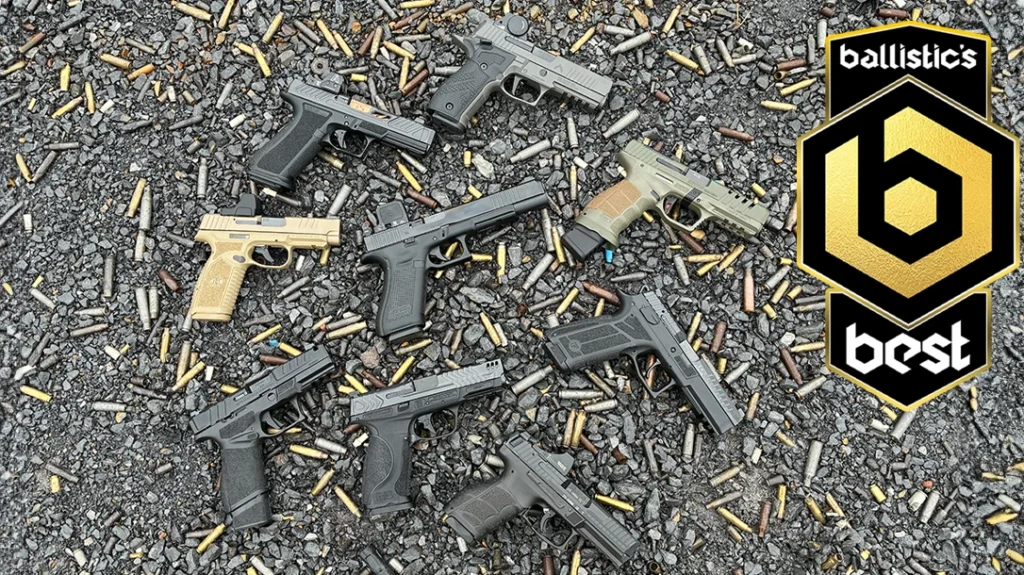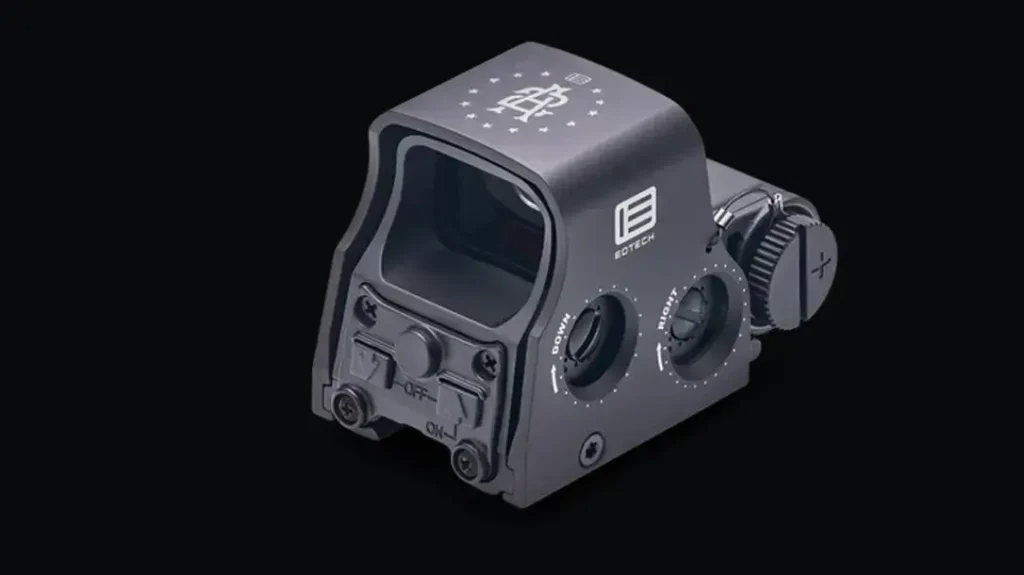Defense contractor Exelis has successfully tested an airborne sensor capable of detecting dangerous substances, gases and IEDs.
According to the press release, the long-wave infrared (LWIR) hyperspectral (HSI) sensor provides the end user with real-time information regarding the composition of gases and solids, which is a crucial component in detecting IEDs and leaks coming from pipelines and containers used in a number of different industries including oil, gas, chemical manufacturing, nuclear power and more.
“Customers are looking for reliable ways to locate and identify either naturally existing or man-made materials, some of which can be dangerous, illegal or items of interest that are not visible to traditional imaging cameras,” said Dr. Minda Suchan, director of material identification at Exelis. “Using a LWIR HSI sensor would allow access to hard-to-reach areas and positively identify solids and gases critical to defense, civilian and commercial operations.”
Advertisement — Continue Reading Below
As the press release notes, the new sensor has to be cooled using a cry cooler to temperatures below zero degrees fahrenheit before it is sensitive enough to detect and identify dangerous substances and gases, and solid material on the ground. In addition, a majority of HSI sensors are mounted to aircraft “such that the platform is required to fly directly over a target to collect imagery. With a system housed in a gimbal that can be pointed in multiple directions, the sensor can collect larger areas of imagery pointing both directly down to the ground and across the horizon.”
Exelis is already planning additional flight tests.
Read more: http://www.exelisinc.com
Advertisement — Continue Reading Below
